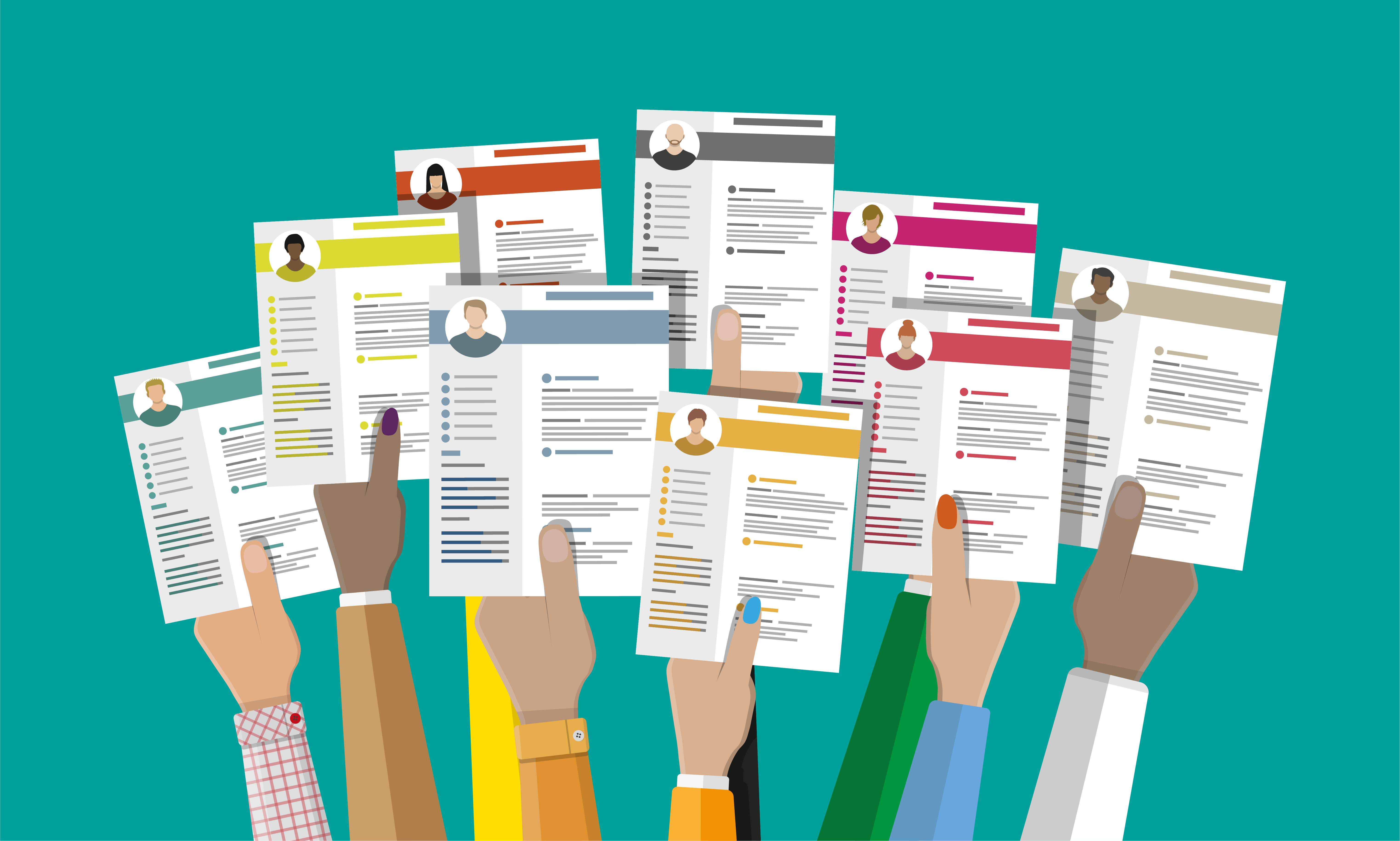Updated: 25 February 2025
The candidate interviews are done, you've made the decision on the right person for the role, and they've accepted the job offer. Good news. Now you can start planning your new employee's successful integration to the company.
Ideally.
I say that because there are plenty of New Zealand businesses whose approach to bringing new hires on board isn't at all organised or formal. Something like: “See you on Monday morning and we'll go from there...”
In another post, we discussed how important the employee onboarding (or induction) process is, and planning it well means you can be sure your new hire will get the tools, resources, and knowledge they need to become a successful and productive team member as quickly as possible.
It is worth putting effort and thought into this.
All the promises made to a candidate during the recruitment process can be quickly overshadowed by a bad introduction to the company. And when all's said and done, it is your people who serve your customers and deliver your results.
Having a checklist - especially a digital one - really helps bring new employees onboard. It formalises the process, helps you both follow it, and makes sure you don’t overlook anything important.
Why do I need an employee onboarding checklist?
Onboarding checklists clarify what an employee can expect from the company and what the company expects of them. They also create a record, so everyone knows what has been done and, if need be, you can reference it later (especially important if it turns out the new employee isn't the right fit or they decide the job isn't for them).
We've created an onboarding checklist that can be customised to your organisation's environment, the role, and the needs of each new hire so they have their own unique onboarding plan.
The list covers the four stages of onboarding: before the new person starts (because good onboarding starts as soon as the job offer is made), their first day on the job, the end of first week, and regular review meetings during the first three months (the trial or probationary period).
Find out how MyHR's platform makes onboarding easier and more effective.
Things to do before the employee starts
- Send signed employment agreement, including KiwiSaver and tax forms.
- Confirm results of pre-employment drug and alcohol screening (if required).
- Order any uniform, personal protective equipment (PPE), and/or resources they will need to do their job, e.g. car, computer, business cards.
- In the week before they start, give them a call to welcome them on board, confirm their start date and time, and who they should ask for when they arrive.
- Let the rest of your team know who will be starting and when.
- Spend some time planning their first day – who will provide training, what do they need to do, is there a buddy etc.
New hire's first day on the job
- Make introductions to any other team members and brief the new employee on what to expect over the coming days. Show them the onboarding checklist that explains the steps.
- Discuss the company’s core values, capabilities, mission, and vision.
- Provide the employee with uniform/PPE, ensure it fits and is of a professional standard.
- Take a tour with them to make sure they know where:
- Tools, gear, and resources are stored.
- The first-aid kit is.
- To assemble for fire evacuation.
- Brief them on all workplace hazards.
- Review their job description and outline company expectations.
- Set some key objectives to be achieved throughout the trial/induction period, this will give you both a yardstick to measure success against.
- Ensure they receive all relevant company policies and materials, e.g. code of conduct. Allow them time to read through and be on-hand to answer any questions. Give them copies to take away and ask them to return them, with their signature to verify they have read them.
- Make sure they have completed all required health and safety qualifications.
- Start training.
End of first week
- End of week catch-up - check in to see how the first week has been.
- Ensure they have completed training requirements and ensure they are properly trained in the use of, and demonstrated mastery of, all equipment and tools that they could be required to use in the course of their duties, including safety equipment.
- Check if they are still waiting on any resources or meetings with people that would help them do their job.
- Provide them with feedback, e.g. 3 things that have gone well and 3 areas for attention or improvement.
Review meetings throughout the induction period
Set regular review meetings throughout the onboarding period as this will provide you with an opportunity to check all is going to plan and to make sure you are able to take remedial action, if needed.
Meetings only have to be 10-20 minutes every couple of weeks.
Examples of things you may like to cover:
- How the person is measuring against their objectives.
- What they feel has been going well, what their highlights are so far, and why.
- What hasn’t gone so well and what could be done differently. If there are skills or knowledge the person needs or would like to develop, you can start designing a training and development plan.
- If there are things they don't understand about the job and/or the company.
- Whether they have any safety concerns.
Once you've completed all the areas of the checklist, get the team member to sign it, sign it yourself, then store it with your employee records. With the MyHR platform, this can all be done digitally, with automated reminders, to ensure no signoffs or approvals are missed.
Remember that onboarding plays a crucial part in establishing a healthy employment relationship and should be seen as the first step in a continuous process that aims to ensure every employee, and the business at large, achieves success.
What if things don’t work out?
Successful onboarding should be a recipe for success, kicking off the employment relationship in the best possible way. Sometimes, however, that new person just doesn’t work out and you may have to make a decision about moving them on.
A good onboarding process (and checklist) will give you something solid to work with and provide a very objective and clear basis for this decision. You will have evidence of the expectations you agreed on at the start of employment and the support and training you provided to help the employee meet them.
Having a paper trail and always acting fairly and in good faith will provide some protection from personal grievances (especially important if you employed the person on a probationary period, which doesn't provide the same protection from unjustified dismissal claims that a 90-day trial period offers).
Paperless employee onboarding with MyHR
From hiring to onboarding, the MyHR platform makes employee induction a breeze. Say goodbye to time-consuming paperwork and hello to automated delivery of company handbooks, policies, and essential documents. Track document acceptance, ensure compliance, and monitor task completion—all in one streamlined platform.
-1.jpg)



